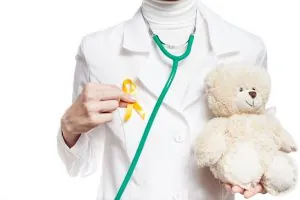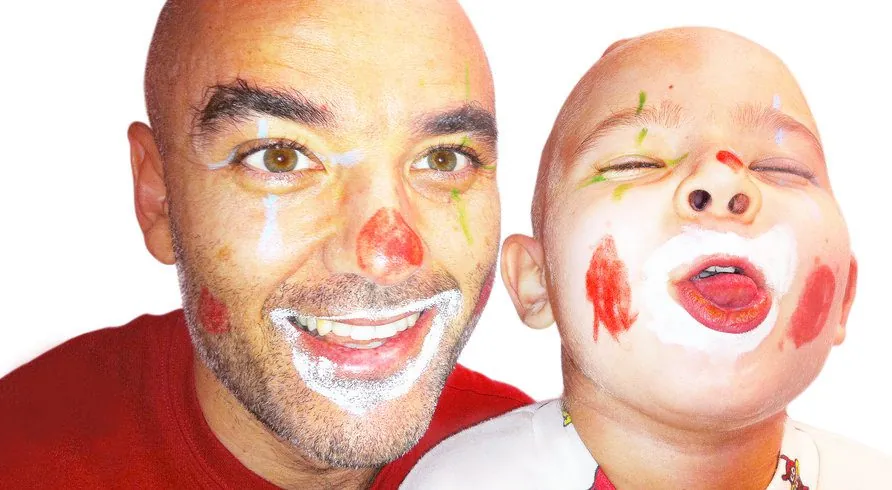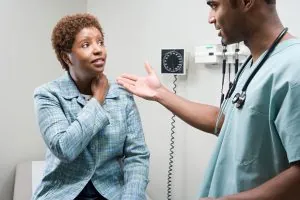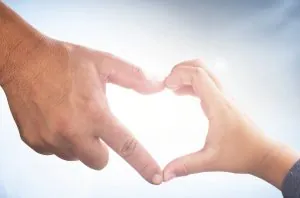7 Facts You Need to Know About Childhood Cancers
September is Childhood Cancer Awareness Month. As childhood cancer rates have been rising slightly for the past few decades and continue to affect the lives of children and their families worldwide, it’s important to understand it.
Background:
- Childhood cancer does not discriminate— it affects every ethnic group and socioeconomic class in every geographic region around the world.
- In the United States, the incidence of cancer among adolescents and young adults is increasing at a greater rate than any other age group except those over 65 years. [1]
- Although great strides in treatment and care have been made, childhood cancer is still the number one disease killer of children in the U.S.
Here’s a list of seven facts you need to know about childhood cancer. And make sure you read about related work by NFCR-funded scientist Dr. Curt Civin [7]
1. Every two minutes, a child is diagnosed with cancer. About 300,000 kids worldwide are diagnosed with cancer each year. In 2016, 215,000 of these children were ages 0- 14 years-old and 85,000 were between the ages of 15 and 19 years old.[2]
Now through April 30th, a generous NFCR Supporter has agreed to match all gifts made until we raise $10,000 for Pediatric Cancers. Start a Fundraiser today to be a part of the cure with NFCR!
2. Thanks to pediatric cancer research, survival rates are improving.
In 1975, just over 50% of children diagnosed with cancer survived their disease. Because of major treatment advances in recent decades, more than 80% of children with cancer now survive 5 years or more.[3] The statistics are even better when it comes to acute lymphoblastic leukemia (ALL). In the 1950s, almost every child diagnosed with ALL died, while today, about 90% of children with ALL survive.
(Note: Specific survival rates vary depending on the type of cancer and other factors).

3. The types of cancer that develop in children are often different from the types that develop in adults.
Childhood cancers are often the result of DNA changes in cells that take place very early in life, sometimes even before birth. Unlike many cancers in adults, childhood cancers are not strongly linked to lifestyle or environmental risk factors.[4]

Meet Childhood Cancer Survivor Richi
When Richi was just six years old, he was diagnosed with high-risk medulloblastoma, one of the most aggressive childhood brain tumors in existence. That year Richi endured 18 surgeries, radiation and chemotherapy. His family had to watch their little boy suffer, all the while wondering if he would ever get well.
Now, six years later, Richi is considered a survivor. He still continues his fight daily, living with a long list of side effects that may be with him for his whole life. Kids shouldn’t have their childhoods robbed by cancer. Parents shouldn’t have to watch their children battle this devastating illness at a time that should be filled with happiness.
The scientists we fund with your support are focused on only one thing — finding a cure for ALL cancers. But cancer is the second leading cause of death in children, and if we ever needed a reminder as to why the work we do is important, it’s special young people like Richi, the impetus behind NFCR’s newest partner The Richi Foundation.
4. The most common childhood cancer is leukemia.
Other cancers that typically attack children include:
- Brain and spinal cord tumors
- Neuroblastoma
- Wilms tumor
- Lymphoma (including both Hodgkin and non-Hodgkin)
- Rhabdomyosarcoma
- Retinoblastoma
- Bone cancer (including osteosarcoma and Ewing sarcoma)[5]
5. Regular follow-up care is very important for survivors of childhood cancer.
The treatment of cancer often causes health problems for childhood cancer survivors years or decades after successful treatment has ended. Known as late effects, these health issues include secondary cancers, cardiovascular complications, endocrinopathy, fatigue, and cognitive problems.[6]
Regular follow-up by health professionals who are trained to find and treat late effects is important.

6. YOU can make a difference.
Although great strides in treatment and care have been made, childhood cancer is still the number one disease killer of children in the U.S. and the second leading cause of death (following accidents) in children ages 5-14. With your support, we can find more cures and give survivors long, healthy lives.
To make a donation today, explore all the ways to give to NFCR!
7. Today’s research WILL lead to tomorrow’s cures.
Leukemia is the most common type of cancer affecting children and is a great success story for cancer research — one in which NFCR-funded Dr. Curt Civin played an important role. His early work on bone marrow stem cell transplantation was partially responsible for the dramatic increase in the five-year survival for all types of leukemia over the past 20 years.
NFCR is proud to fund the best and brightest cancer researchers in the world enabling them to make breakthrough discoveries and laying the groundwork for many of today’s most innovative and effective cancer therapies. An investment in cancer research today will bring us better treatments and more cures in the near future!












